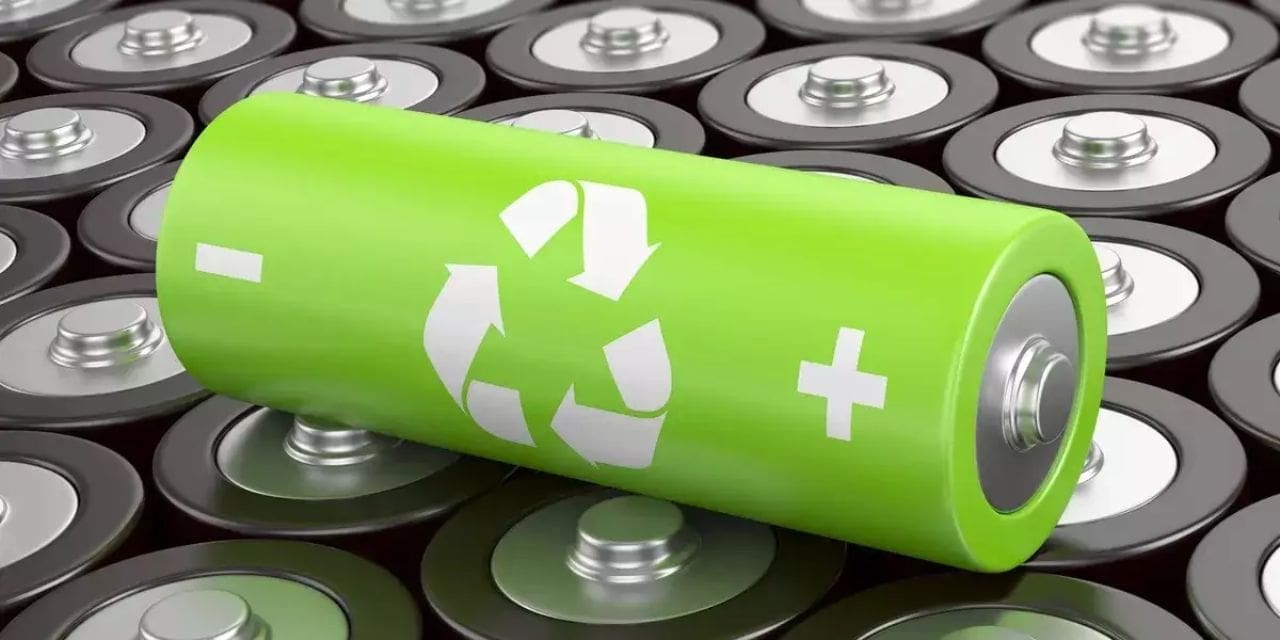Download PDF Brochure: https://www.
Browse
- 139 Market data Tables
- 47 Figures
- 199 Pages and in-depth TOC on “Lithium-ion Battery Recycling Market – Global Forecast to 2030″
This report also provides a comprehensive analysis of the companies listed below:
Umicore (Belgium), Glencore International AG (Switzerland), Retriev
Due to the outbreak of COVID-19, most of the markets are declining and non-essential production units are facing temporary shutdowns in phased manners. All countries affected by the spread of COVID-19 are undertaking efforts to minimize economic losses by implementing different measures. Large economies have announced various measures including multibillion-dollar relief packages to combat the financial effects of the pandemic. These measures include interest rate reductions, direct benefits to the poor, deferred debt payments for loans and asset purchases, and changes in regulations. The lithium-ion battery recycling market has also been negatively impacted due to COVID-19 as the manufacture and consumption of lithium-ion batteries have reduced to a higher extent than expected in the short-term due to multiple lockdowns imposed by various countries in response to the second and third waves of the pandemic. Electric vehicle being one of the major end-use industries of lithium-ion batteries has faced the adverse impact of COVID-19 which is projected to slightly affect the lithium-ion battery recycling market. Major electric vehicle battery manufacturers such as LG Chem and Panasonic which have battery manufacturing plants in China were significantly affected during the first half of 2020. All these factors are projected to impact the lithium-ion battery recycling market during the forecast period across the globe.
Lithium-titanate oxide (LTO) battery chemistry is projected to grow at the highest CAGR during the forecast period
Based on chemistry, the lithium-titanate oxide (LTO) battery chemistry is projected to grow at the highest CAGR between 2021 and 2030. Lithium-titanate is an off-white powdered compound containing lithium and titanium. The high growth of lithium-titanate oxide (LTO) battery chemistry segment is due to its advantageous features such as stability, power density, long life cycle, and high performance.
Asia Pacific region is projected to grow at the highest CAGR in the lithium-ion battery recycling market during the forecast period
The lithium-ion battery recycling market in the Asia Pacific region is projected to grow at the highest CAGR from 2021 to 2030. Asia Pacific region comprises of key countries such as Japan, China, India, and South Korea. The rising demand for vehicles and environmental regulations are leading to the growth of the Asia Pacific market. The increasing pollution levels in emerging economies such as China and India are among the factors expected to drive the Asia Pacific market during the forecast period.

